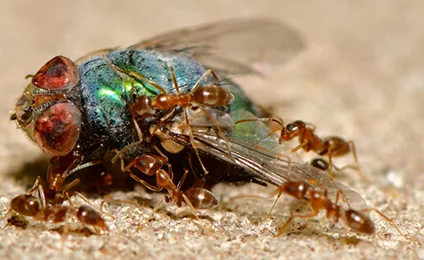
Comprehensive Guide to Termite Inspection and Treatment

Termites can cause extensive damage to homes and structures, silently eating away at the wooden foundation and compromising the integrity of your property. In this guide, we will explore the importance of termite inspection and effective treatment methods to protect your investment.
Termites are small, destructive pests that feed on cellulose-rich materials, primarily wood. They work silently and can go undetected for years, causing significant structural damage. There are different types of termites, such as subterranean, drywood, and dampwood, each with its unique characteristics.
Signs of Termite Infestation
Recognizing the early signs of termite infestation is crucial for prompt action. Common indicators include:
Mud tubes:
Termites create mud tubes for protection as they travel between their nests and food sources.
Swarmers:
Winged termites, or swarmers, are a sign of a mature colony ready to reproduce.
Hollow-sounding wood:
If wood sounds hollow when tapped, it may indicate termite damage.
Discarded wings:
After swarming, termites shed their wings, which may be found near entry points.
DIY Termite Inspection Tips
While professional inspections are recommended, homeowners can also perform their own checks:
Check for mud tubes:
Inspect the foundation and crawl spaces for mud tubes.
Examine wood structures:
Look for hollow-sounding or damaged wood.
Check for swarmers:
Keep an eye out for termite swarmers, especially during the spring.
Effective Termite Treatment Methods
Once a termite infestation is confirmed, it's crucial to implement effective treatment methods:
Chemical Treatments:
Liquid termiticides are applied to the soil around the structure to create a protective barrier.
Bait Systems:
Bait stations are strategically placed to attract termites, providing a targeted approach to eliminate colonies.
Fumigation:
Used for severe infestations, fumigation involves tenting the entire structure and treating it with gas to eradicate termites.
Preventative Measures
Preventing termite infestations is key to protecting your property:
Moisture Control:
Address any water leaks or standing water near your home.
Wood Maintenance:
Regularly inspect and treat wooden structures for signs of damage.
Landscaping:
Keep plants and mulch away from the foundation to reduce the risk of termite entry.
